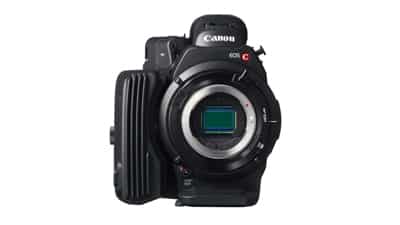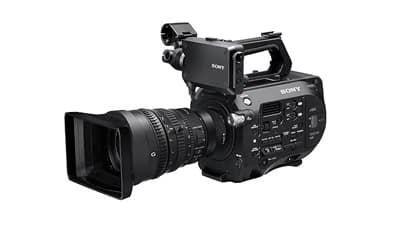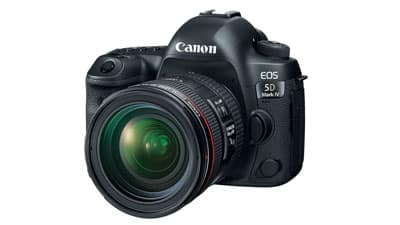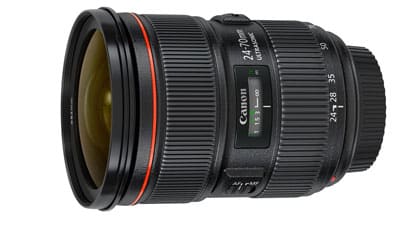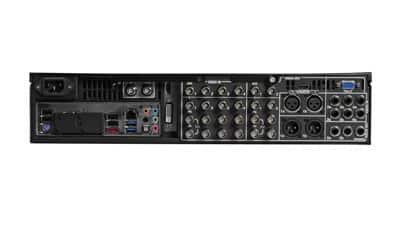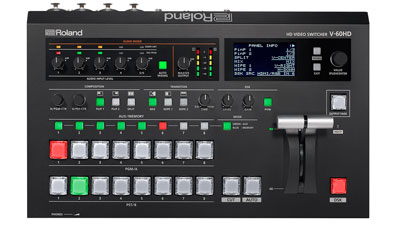- Sound
- Audio Mixer
- Audio Recorders
- Audio Snakes
- DJ Gear
- Headphone
- ENG Mixers
- Generators
- Intercom System Rental
- Musical Equipment
- PA System Rental For Events
- Pipes & Drapes Rental
- Podium
- Polycom Rental
- Presentation Equipment
- Press Box Rental
- Push To Talk Conference Mics Rental
- Sound Systems
- Speakers
- Speakers-Line Array
- Stage Rental
- Tour Guide System
- Truss Rental
- Walkie Talkie
- Microphones
- Projectors
- Cameras
- Video
- Lights
- LEDs
- Computers
- Services
4K Camera Rental
4K Video Camera Rental
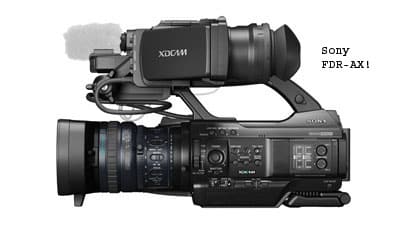
Sony FDR-AX1 4K
Great For Event Professionals. Shoots Raw 4K @60fps and at extended recording time.
What exactly is 4K?
In a nutshell, 4K means more pixels. 8 million to be exact. That’s about 4 times what current 1080p can display today.
Why is it called ‘4K’?
The referral comes from the fact that the images are approximately 4,000 pixels wide. And while 4K is named after its width, 1080 resolution was named after its height (images are actually 1080 rows high).
With more pixels comes more information, which in turn means sharper, crisper images.
4K vs. Ultra HD?
Ultra HD - or Ultra High Definition - is basically derived from the standard 4K digital camera, and features a resolution of 3840 x 2160.
Certain brands won’t even use the 4K label, and will opt to use ‘Ultra HD’ instead.
Is there a major difference in picture?
While the pictures are certainly sharper with 4K, you might not see as much of a difference between 1080p and 4K, as compared to upgrading from old CRTs to flatscreen.

When consumers traded in their 480 for a 1080 TV set, most likely the increase in size of TV went up a great deal as well. This time, consumers are typically sticking with the same size TV, just with a much sharper image. The majority of TV models range between 40 to 70 inches.
A difference in resolution will only be noticed on a 4K set if you’re either sitting close up, or are watching 4K content.
Sitting up close won’t break down the image.
One of the most impressive aspects of 4K TV sets is that it doesn’t matter how close you are to the set - the image will not deteriorate, nor will the eye be able to make out the individual pixels.
Should you care about 4K Ultra HD?
Of course! There are plenty of scenarios where 4K Ultra HD makes sense. Photographers, for instance, will be able to see so much more detail with a 4K Ultra HD compared to a standard HD TV at 2160p. You’d be amazed at the difference in details and subtleties with a 4K display.
With a higher pixel density of a 4K panel comes the ability to get closer to the screen without seeing any grid-like structure of the image. That means you can watch a much bigger screen from the same position as you would with a Full HD panel. All 4K Ultra HD TVs these days are over 50 inches.
Ultra HD can also come in resolutions higher than 4K. This includes the 8K, which is basically double the pixel width and height of 4K to produce about 32 million pixels.
Should you go with 8K instead of 4K?
No, and here’s why. The standard of 8K is essentially for the commercial market (such as movie theaters). You’d basically need a massive screen in order to make good use of all these pixels, and would need to sit right in front of it. They don’t even come off the shelf, anyway - you’d have to have it to custom built, which would cost an absolute fortune. Not only that, but the movies can’t be bought off the shelf, either - you’d have to get them directly from distributors.
What about 4K OLED?
OLED stands for ‘Organic Light Emitting Diodes’, and it’s been around for a while. However, it costs a ton of money to use this technology to produce big screens. This is why OLED TV hasn’t become mainstream.
Despite this fact, OLED technology produces bright colors, bright whites, and deep blacks. Actually, certain companies haven’t given up on OLED just yet - firms like LG are trying to bring it to 4K TVs. But while LG does have these on the market, they’re rather expensive for the average consumer. You never know - this might change in the near future.
How about HDR?
Short for ‘High Dynamic Range’, HDR is a technology that’s derived from digital imaging that combines three images, including those with normal lighting, underexposure, and overexposure. This combination provides more contrast to a video or image.
Netflix is working on being the first provider of HDR video.
Quota dot displays (QD).
QD basically refers to LED panels with a film of nanocrystals between the display and the backlight. This is said to help increase the depth of color by about 30% without having to add extra pixels.
Here’s what you can watch right now with 4K.
There are actually a lot of movies and television shows that are filming in 4K. Unfortunately, all of this content will need to wait until there are established channels to get it to consumers. The best options for UHD today are from Netflix and Sony.
Netflix has been testing the 4K streaming of a bunch of shows and movies for those with a Samsung, Sony or LG 4K TV and a 25Mbps internet connection. New subscribers will need to be on the highest tier 4-stream Family Plan to access 4K content.
Sony has a Video Unlimited 4K service that offers over 70 movies and TV shows for purchase or rent, which require Sony's 4K Ultra HD Media Player, and an FMP-X1 (only compatible with Sony 4K TVs). Once a film or show is rented or purchased, it then needs to be downloaded to your player. This can take upwards of 15 hours, depending on your internet connection.
What kind of cable types are needed for 4K?
You’ll need 2 standard types of cables for 4K - a standard HDMI, or DisplayPort. The first of the two come in 1.4 and 2.0 - the 1.4 cables are the cheaper type, and can output a 3820 x 2160-resolution at 30 frames per second; the 2.0 cables are the latest type and can output video at Ultra HD resolution at 60 frames per second.
The DisplayPort cables carry 4K image and audio signals from high-end graphics cards to monitors that don’t have any noticeable delays.
The million dollar question - should you buy 4K now or wait?
This all depends on your specific situation. If you can afford the hefty price tag and are absolutely dying for a much sharper image, buy a 4K TV today. But just keep in mind




